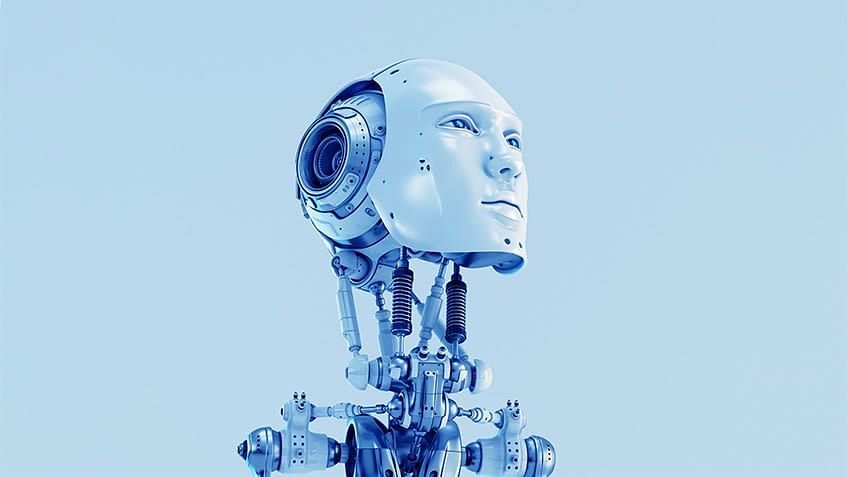Pulse of Information
Stay updated with the latest news and insights.
AI: The New Muse in Modern Creativity
Unleash your creativity! Discover how AI is transforming the artistic landscape and inspiring the next generation of innovators.
How AI is Revolutionizing Creative Processes in Art and Design
Artificial Intelligence is dramatically changing the landscape of art and design, enabling creators to explore new realms of creativity while enhancing their productivity. From generating unique visual art to assisting in the development of innovative product designs, AI tools are becoming essential in the creative process. They can analyze vast datasets, identify patterns, and suggest creative solutions, allowing artists and designers to overcome creative blocks and think outside the box. For example, AI-powered software can generate numerous variations of a concept in mere seconds, freeing artists to focus on refining their ideas.
In addition to facilitating the creation of new works, AI is also transforming collaboration within the creative community. Platforms that utilize AI can connect artists with like-minded individuals and facilitate real-time feedback on design proposals. This democratization of creative processes means that a wider range of talents can contribute to projects, thus fostering diversity and innovation. As this technological revolution progresses, the boundaries of what is considered art and design will continue to evolve, paving the way for a future where human creativity and AI coexist harmoniously.

Can AI Really Be Considered a Creative Partner?
The debate over whether AI can truly be considered a creative partner is gaining momentum as technology advances. While traditional views of creativity often anchor themselves in human emotion and experience, AI is increasingly demonstrating its capacity to generate art, music, and even literature. For instance, algorithms like GANs (Generative Adversarial Networks) can create visually stunning images, while natural language processing models can craft poetry and stories. However, the crux of the argument lies in understanding if these creations possess the essence of creativity or if they merely reflect patterns learned from existing human work.
Furthermore, the collaboration between humans and AI raises intriguing questions about the nature of creativity itself. As creators begin to leverage AI tools, they can explore new dimensions of their artistry, breaking conventional boundaries. This partnership can be viewed through various lenses: some may argue that AI acts as a mere tool, enhancing human creativity, while others posit that it represents an emerging form of intelligence capable of independent creative thought. Ultimately, the question remains open-ended, inviting ongoing exploration into how AI might redefine creativity in the 21st century.
Exploring the Intersection of Technology and Creativity: What AI Means for Artists
The evolution of technology has redefined various industries, and the realm of art is no exception. With the advent of Artificial Intelligence (AI), artists are discovering new tools and methods to enhance their creative processes. AI-powered applications can analyze patterns, generate visuals, and even suggest color palettes, thereby providing artists with innovative ideas that extend beyond traditional boundaries. This intersection of technology and creativity not only allows for the exploration of new artistic styles but also encourages collaboration between human imagination and machine learning.
Despite the advantages, the integration of AI in art also raises important questions about originality and the role of the artist. As machines become capable of producing works that can rival those of humans, artists must navigate a landscape where creativity is shared between human intuition and artificial algorithms. This evolving dynamic challenges the traditional notions of authorship and artistic intent, pushing artists to redefine their roles in a world where AI can both mimic and inspire. Ultimately, exploring this intersection invites a broader dialogue about the future of creativity and the profound impact of technology on the artistic community.